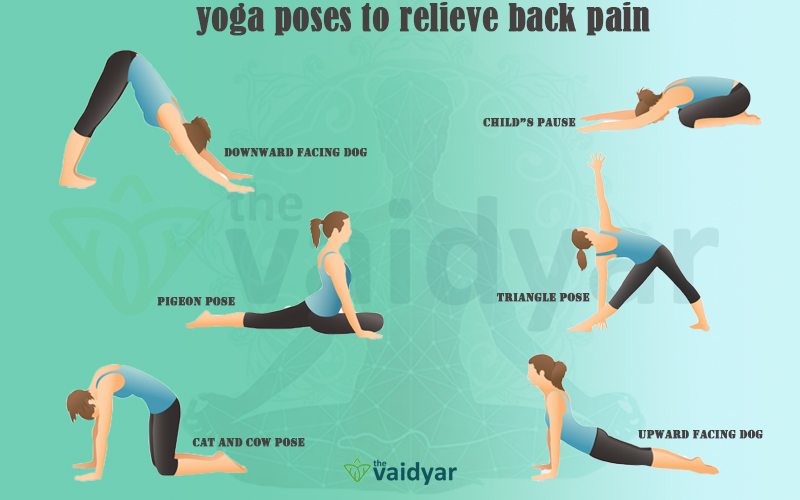
Staying active is one of the most effective ways to manage arthritis pain and improve mobility. While arthritis may make movement seem difficult, low-impact and gentle exercises can help relieve joint pain, enhance flexibility, and strengthen the muscles around your joints. Here’s a guide to the best exercises for arthritis that are easy on the joints and promote joint pain relief.
Why Exercise Matters for Arthritis
Regular exercise has numerous benefits for individuals with arthritis, including:
- Reducing joint stiffness and pain
- Improving joint flexibility and range of motion
- Strengthening the muscles around the joints to provide added support
- Boosting circulation, which helps bring oxygen and nutrients to joint tissues
- Enhancing overall mood and energy levels, making it easier to manage arthritis
Top Joint Pain Relief Exercises for Arthritis
1. Yoga
Yoga is an ideal exercise for arthritis, focusing on gentle movements, stretching, and breathing. It helps with flexibility, balance, and relaxation, which can all reduce arthritis symptoms.
- Recommended Poses: Child’s Pose, Cat-Cow, and Tree Pose.
- Benefits: Yoga improves flexibility, joint stability, and reduces stress levels.
- Tips: Begin with beginner-friendly yoga poses and consider taking a class designed for individuals with arthritis. Rest if any pose feels uncomfortable.
2. Swimming and Water Aerobics
Water exercises provide a low-impact workout that reduces stress on joints while allowing for a full range of motion. The buoyancy of water supports your body, relieving pressure on painful joints.
- Benefits: Swimming strengthens muscles, improves cardiovascular health, and reduces joint stress.
- Best Practices: Look for a heated pool, as warm water can further soothe stiff joints. Water aerobics classes are often tailored to accommodate different fitness levels and joint conditions.
3. Walking
Walking is one of the simplest and most accessible forms of exercise that can help improve joint health. It’s low-impact and can be done at your own pace.
- Benefits: Walking strengthens leg muscles, supports knee and hip joints, and improves cardiovascular fitness.
- Tips: Start with short walks, and gradually increase your duration and distance. Walking on softer surfaces, like grass or a track, can be gentler on the joints.
4. Stretching
Stretching is essential for arthritis management as it improves joint flexibility and range of motion, helping to reduce stiffness.
- Recommended Stretches: Hamstring stretches, calf stretches, and shoulder stretches.
- Benefits: Stretching lengthens muscles, reduces joint stiffness, and promotes blood flow.
- Tips: Try a gentle, daily stretching routine, focusing on all major muscle groups. Hold each stretch for 15-30 seconds and avoid bouncing, which can cause strain.
5. Strength Training
Strengthening exercises are great for supporting joints as they strengthen the muscles around them. Stronger muscles can reduce strain on joints, minimizing pain and improving stability.
- Suggested Exercises: Light resistance band exercises, bodyweight exercises like wall push-ups, and leg lifts.
- Benefits: Strengthening muscles helps stabilize joints, supports joint movement, and enhances daily function.
- Tips: Start with low-resistance bands or light weights (1-2 pounds), and gradually increase resistance as you build strength. Focus on slow, controlled movements.
6. Cycling
Cycling, especially on a stationary bike, offers a gentle way to keep joints moving without the strain of high-impact activities.
- Benefits: Cycling increases heart rate, strengthens leg muscles, and improves knee flexibility.
- Tips: Adjust the bike seat and handlebars to a comfortable height to avoid putting too much pressure on your knees and hips.
7. Tai Chi
Tai Chi is an ancient Chinese practice that involves slow, flowing movements, which makes it highly suitable for arthritis management.
- Benefits: Improves balance, flexibility, and mental relaxation, which can reduce arthritis pain and stiffness.
- Tips: Look for Tai Chi classes specifically designed for individuals with arthritis, as these will often emphasize gentle, controlled movements.
Additional Tips for Exercising with Arthritis
- Warm Up: Always start with a warm-up to increase blood flow to the joints and prevent injury.
- Listen to Your Body: While some discomfort may be expected, exercise should not cause severe pain. Stop if you feel sharp pain or notice any swelling.
- Consistency is Key: Regular, moderate exercise is more beneficial than occasional intense sessions. Aim to exercise most days of the week, even if for a short period.
- Focus on Low-Impact Movements: Avoid high-impact exercises like running or jumping, which can exacerbate joint pain. Instead, choose low-impact options like walking, swimming, or cycling.
- Modify as Needed: Adapt exercises to suit your comfort level. For example, using a chair for support during standing exercises can help maintain balance and reduce pressure on the joints.
- Stay Hydrated: Proper hydration supports joint lubrication, making it easier to move without stiffness.
Sample Arthritis-Friendly Exercise Routine
- Warm-Up: 5-10 minutes of gentle walking or stretching
- Strength Training: Wall push-ups (2 sets of 10 repetitions), leg lifts (2 sets of 10 on each leg)
- Flexibility: 5-10 minutes of gentle stretching
- Low-Impact Cardio: 15-20 minutes of cycling or water aerobics
- Cooldown: 5 minutes of deep breathing and gentle stretches
Conclusion
Exercise can significantly improve life with arthritis by reducing pain, enhancing flexibility, and increasing strength around the joints. By choosing gentle, low-impact exercises and staying consistent, you’ll be well on your way to better joint health. Consult with a healthcare provider or physical therapist to develop an exercise plan tailored to your needs, especially if you’re new to exercise or have advanced arthritis.
Embrace movement to take control of your arthritis journey and enjoy greater comfort, strength, and freedom in your daily life.

